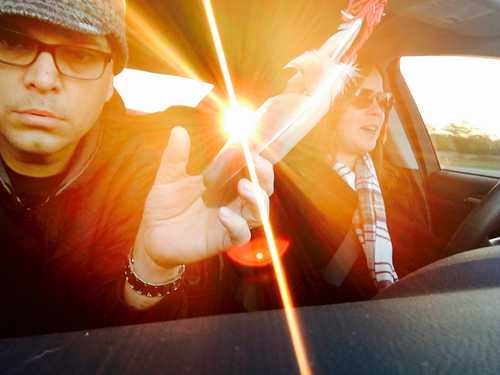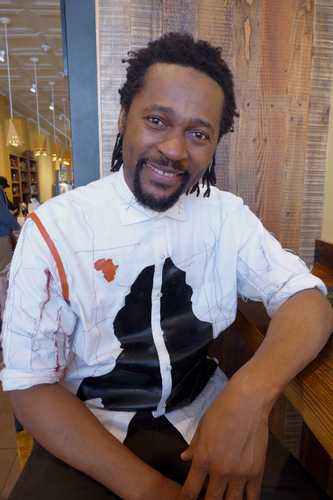Keywords: Fashion
Item 110536
Contributed by: Maine Historical Society Date: circa 1820 Media: wood, silk
Item 48242
Contributed by: Maine Historical Society Date: circa 1812 Media: Wood, wool, velvet
Exhibit
The mainspring of fashion is the process whereby members of one class imitate the styles of another, who in turn are driven to ever new expedients of fashionable change.
Exhibit
Northern Threads: Early Republic era Fashion dolls
A themed exhibit vignette within "Northern Threads Part I," featuring Early Repulic-era (ca.1780-1820) fashion dolls.
Site Page
John Martin: Expert Observer - Illustrations: People & Fashion
"… Illustrations: People & Fashion"
Site Page
Historic Clothing Collection - Fashions Far & Away
"Fashions Far & Away View the Fashions Far & Away Slide Show Imported garments and fabrics are an integral part of American fashion, and of the…"
Story
Wabanaki Fashion
by Decontie & Brown
Keeping the spirit and memories of our ancestors alive through fashion and creativity
Story
Decontie and Brown's venture in high fashion design
by Decontie and Brown
Penobscot haute couture designs from Bangor
Lesson Plan
Primary Sources: Daily Life in 1820
Grade Level: 6-8, 9-12
Content Area: Social Studies
This lesson plan will give students the opportunity to explore and analyze primary source documents from the years before, during, and immediately after Maine became the 23rd state in the Union. Through close looking at documents, objects, and art from Maine during and around 1820, students will ask questions and draw informed conclusions about life at the time of statehood.
Lesson Plan
Grade Level: 6-8, 9-12, Postsecondary
Content Area: Science & Engineering, Social Studies
This lesson presents an overview of the history of the fur trade in Maine with a focus on the 17th and 18th centuries, on how fashion influenced that trade, and how that trade impacted Indigenous peoples and the environment.















